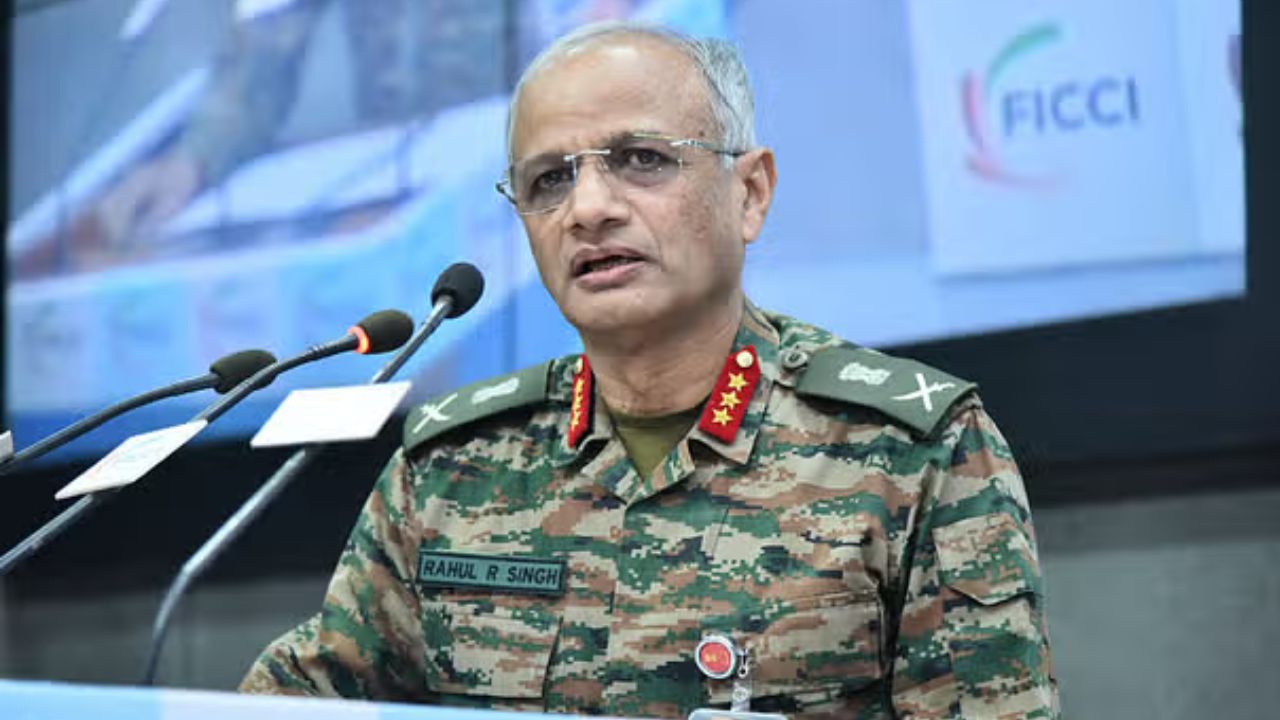‘Not Just Pakistan’: Army Says India Faced Three Adversaries in Operation Sindoor
Army's Deputy Chief of Army Staff (Capability Development and Sustenance), Lieutenant General Rahul R Singh, provided a breakdown of the recent cross-border escalation with Pakistan.

‘Not Just Pakistan’: Army's Deputy Chief of Army Staff (Capability Development and Sustenance), Lieutenant General Rahul R Singh, provided a breakdown of the recent cross-border escalation with Pakistan.
"There are a few lessons from Operation Sindoor. The strategic messaging by leadership was unambiguous. There is no scope of absorbing the pain the way we did a few years ago. The planning and selection of targets was based on a lot of data that was collected using technology and human intelligence. So a total of 21 targets were actually identified, out of which nine targets we thought would be prudent to engage. It was only the final day or the final hour that the decision was taken that these nine targets would be engaged," Lt Gen Singh said.
"We had one border and two adversaries, actually three. Pakistan was in the front. China was providing all possible support. 81 per cent of the military hardware with Pakistan is Chinese. China is able to test its weapons against other weapons, so it's like a live lab available to them. Turkey also played an important role in providing the type of support it did. When DGMO-level talks were on, Pakistan had the live updates of our important vectors, from China. We need a robust air defence system," he said.
Also Read: Pune Techie’s ‘Friend’ Accused of Rape: Victim Took Selfie and Sent Typed Threat, Say Police
According to Lt Gen Singh, the China-Pakistan defence relationship has evolved beyond conventional arms transfers amid concerns that China is treating its close ties with Pakistan as an opportunity for experimentation, including the deployment of advanced platforms and surveillance systems in real-world conflict scenarios.
"We had one border and two adversaries, actually three. Pakistan was in the front. China was providing all possible support. 81 per cent of the military hardware with Pakistan is Chinese. China is able to test its weapons against other weapons, so it's like a live lab available to them. Turkey also played an important role in providing the type of support it did. When DGMO-level talks were on, Pakistan had the live updates of our important vectors, from China. We need a robust air defence system," he said.
According to the Stockholm International Peace Research Institute (SIPRI), China has sold arms worth $8.2 billion to Pakistan since 2015. Between 2020 and 2024, China ranked as the world's fourth-largest arms exporter. Nearly two-thirds or 63 per cent of these exports went to Pakistan, making Islamabad China's biggest weapons client.
Also Read: 4th of July Memes Flood the Internet as Americans Blend Patriotism with Humour
This supply chain makes up more than half of Pakistan's fighter fleet, including the JF-17 Thunder, which was co-developed with China, and the more advanced J-10C multirole fighter aircraft. Reportedly, Pakistan is looking to induct 40 Shenyang J-35 fifth generation stealth fighters from China, placing Pakistan among a select list of nations that possess stealth combat capability.
According to a report by the US Defence Intelligence Agency (DIA) for 2025, India identifies China as its "most prominent adversary," while Pakistan is an "adjunct security issue that needs to be managed.
Tensions between India and Pakistan escalated following a terrorist attack in Jammu and Kashmir's Pahalgam on April 22, which claimed 26 lives. India responded with Operation Sindoor, targeting nine terror-related sites in Pakistan and Pakistan-occupied Kashmir (PoK). The Indian response resulted in the deaths of over 100 terrorists associated with groups including Jaish-e-Mohammed, Lashkar-e-Taiba, and Hizbul Mujahideen.
Also Read: Hrithik Roshan as Ram & Amitabh Bachchan as Dashrath: The Mega Ramayana That Never Materialized
For breaking news and live news updates, like us on Facebook or follow us on Twitter and Instagram. Read more on Latest World News on The National Bulletin


